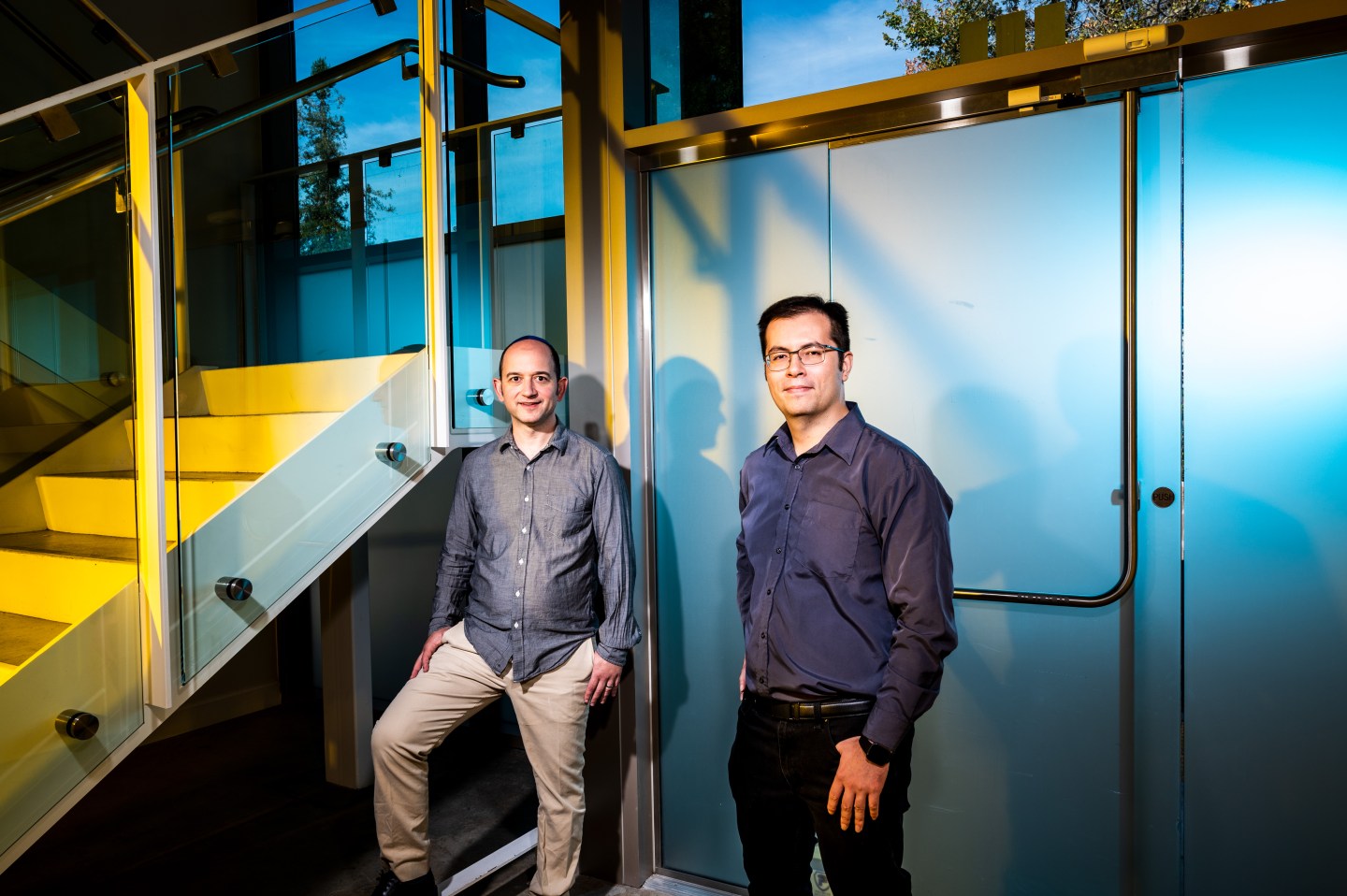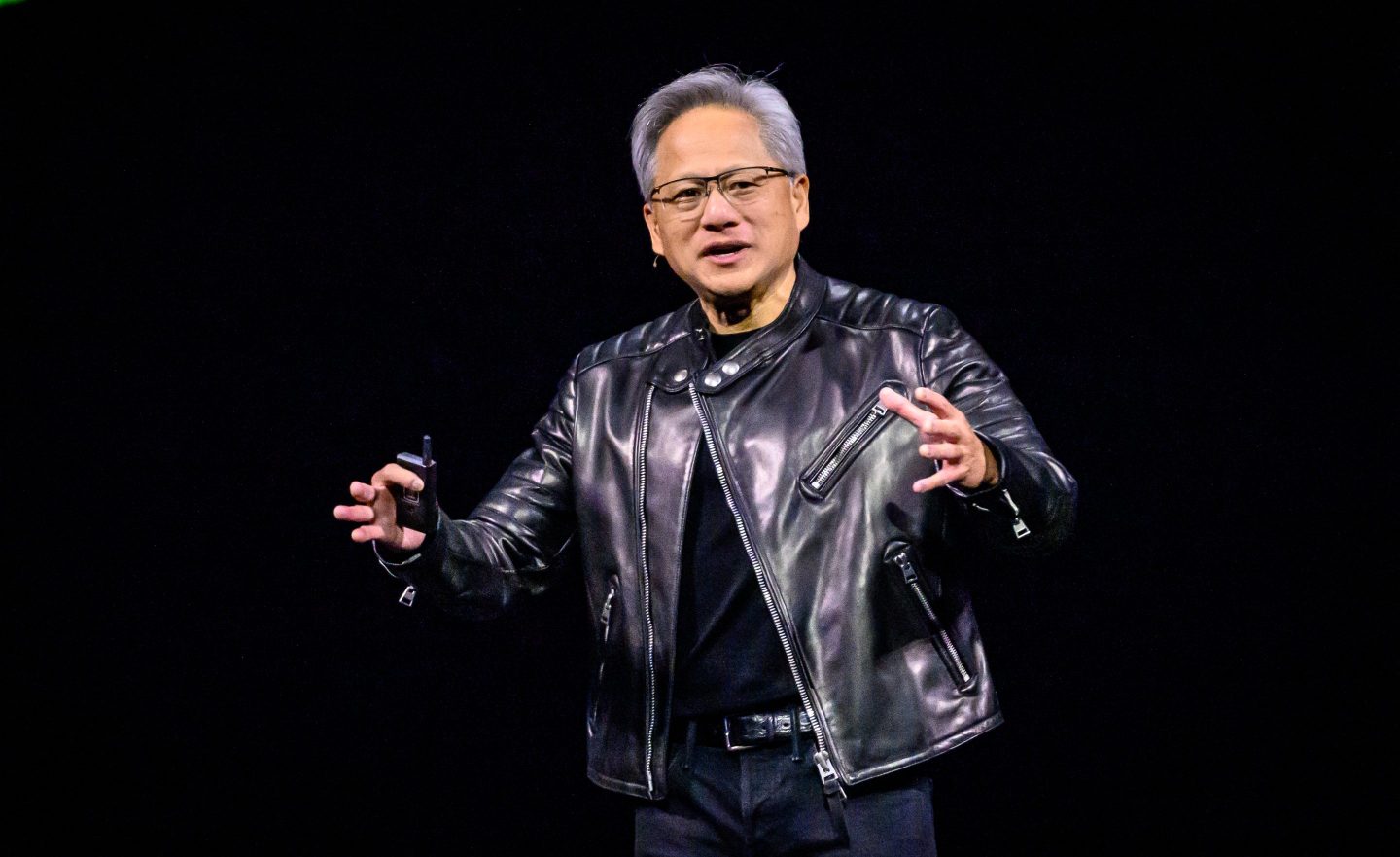Porsche passed a major milestone toward its electric future, reporting on Friday that over the first nine months of the year the Taycan battery-powered sports sedan outsold the brand’s historical heart, the 911 coupe.
While the EV’s lead may prove to be a transitory phenomenon caused in part by the auto chips shortage, Porsche reported that year-to-date sales of the Taycan nearly tripled to 28,640, compared to the 27,972 units of the 911 model line, which grew only 10% over the same period.
Depending on how fast Tesla ramps up production of its refreshed Model S in the final quarter, it is also entirely possible the Taycan could overtake its closest rival on an annual basis, if only for 2021 at least.
Tesla’s S production in Fremont has been limited due to the changeover of the model, meaning only 13,185 units of the S and X could be sold through September. In this elite segment, Tesla and Porsche have been taking turns trying to poach each other’s customers, with the Model S Plaid recently breaking the Taycan’s unofficial lap-time record at the grueling Nordschleife.
Porsche aims to dramatically increase its offer of EVs in the future, with an electric Macan crossover expected to debut next year. More than 80% of all new vehicles the brand sells in 2030 are expected to be fully electric or at least offer plug-in hybrid technology, according to the company.
Electric courage
Despite order books filling up for all its models, Porsche’s sales chief said he was keeping an eye on current developments. “The coronavirus situation remains dynamic, and we are facing challenges in sourcing semiconductors,” said Detlev von Platen in a statement on Friday, after the company posted an overall 13% sales gain to 217,198 cars.
The Taycan traces its origin to the 919 Hybrid Le Mans racing prototype, which helped validate the use of an 800-volt electrical system for road cars. Yet Porsche might not have had the courage to build the Taycan were it not first for the success of the 918 Spyder, a plug-in hybrid hypercar that demonstrated to management and fans alike the brand could offer top speed not by adding more cylinders to the engine, but by subtracting them.
When the mandate came from the board to green-light development of what later became known as the Taycan, executives spoke of it as a “life insurance policy” in particular for China, where it now sells more cars than in all of Europe combined. That is because in megacities already choking on congestion, like Beijing and Shanghai, it is extremely difficult—bordering on nigh impossible—to get a registration for a new car unless it is powered by batteries.
Porsche’s four-door fastback is now the fourth most popular electric vehicle for the entire parent Volkswagen Group, following the Volkswagen ID3 and ID4, with 52,700 and 72,700 units, respectively, and the 36,100 sold of the Audi e-tron.
Future of 911 in doubt
This is not the first time Porsche’s 911 has been left in the dust. Despite its cachet, it isn’t the brand’s bestseller—not by a long shot. That distinction goes to its SUVs, a market that serves as the sweet spot for many premium brands due to its mix of high volume and rich margins.
A major limiting factor for the iconic coupe is China. Porsche’s lineup of sporty, low-slung models like the 911 and its smaller 718 sibling are often seen as “women’s cars” due to their diminutive size and stature relative to the far more popular SUVs like the hulking Cayenne. By comparison, the Taycan is only marginally smaller than the Panamera sedan.
Having a high power-to-weight ratio doesn’t help the 911’s cause either, as it is rendered largely useless in the chronic traffic jams that cripple China’s sprawling megacities. For that reason, it’s not uncommon for expensive cars sold there to actually be considerably undermotorized compared to those sold in Europe, as high engine output is rarely needed in the megacity environment.
The 911 is the cornerstone of the Porsche brand, however. The light two-door sports car is the only automobile in the world to feature a high-revving boxer engine mounted low and flat over the rear drive axle for added grip. It’s what gives the vehicle its unique tail-heavy handling and throaty roar when all six cylinders fire.
Nevertheless the future of the model remains unclear, with executives either unwilling or unable to find a convincing low-emission solution for a car quite so defined by its combustion engine inner workings as the 911. Whenever questions are asked, management usually responds with the same message: As long as they can still sell the icon, they will build it.
More must-read business news and analysis from Fortune:
- Where Zillow says home prices are headed in 2022
- How to get your student debt wiped out by Public Service Loan Forgiveness
- Crypto, options, margin, REITs: How to tackle the market’s most complex areas
- Value stocks are unloved, unsexy, and poised to make a killing over the next decade
- Explaining the sharp jump in gas prices—and why you should get used to shelling out an extra $600 per year
Subscribe to Fortune Daily to get essential business stories straight to your inbox each morning.












